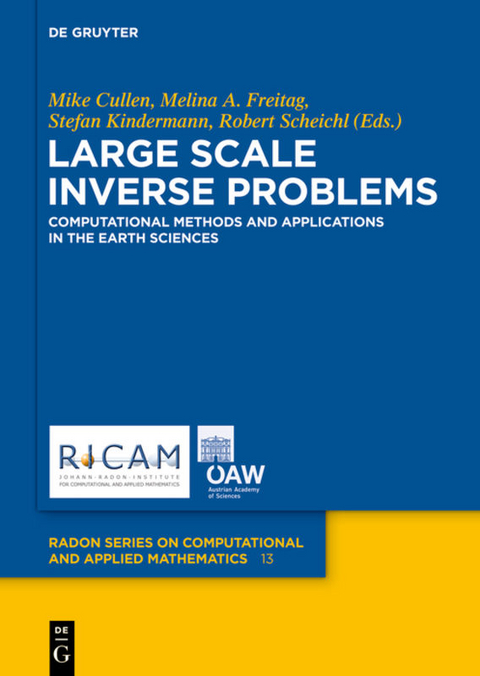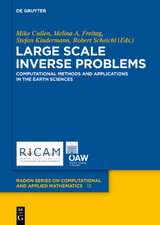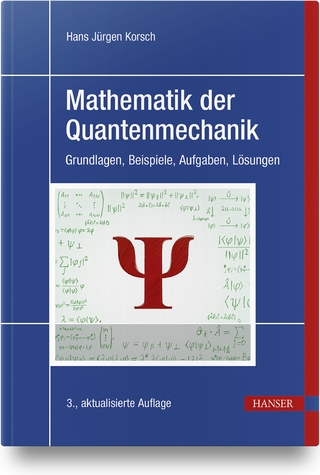Large Scale Inverse Problems
Mike Cullen, MET Office, Exeter, UK; Melina Freitag, University of Bath, UK; Stefan Kindermann, Johann Kepler University Linz, Austria; Robert Scheichl, University of Bath, UK.
The book will contain a selection of expository articles on large scale inverse problems in the earth sciences. These include seven survey and proceeding type articles on inverse problems and data Assimilation techniques, inverse problems in applications such as hydrology, geology, geophysics, weather prediction and imaging. Furthermore there will be reports on filter techniques and solvers for optimisation problems arising from data assimilation and inverse problems.
Contributions:
Roland Potthast, Melina A Freitag: Synergy of inverse problems and data assimilation techniques.
Olaf A. Cirpka, Wolfgang Nowak, Ronnie L. Schwede, Wei Li: Geostatistical Approaches of Inverse Modelling in Subsurface Hydrology.
Amos Lawless: Variational data assimilation for large-scale environmental problems.
Martin Burger, Hendrik Dirks, Jahn Müller: Inverse problems in imaging.
Sebastian Reich: Introduction to ensemble filter techniques for intermittent data assimilation.
Serge Gratton, Philippe Toint: Optimisation methods for data assimilation in geosciences.
Eldad Haber, Lior Horesh, Luis Tenorio: Design in inverse problems.
| Erscheint lt. Verlag | 19.8.2013 |
|---|---|
| Reihe/Serie | Radon Series on Computational and Applied Mathematics ; 13 |
| Verlagsort | Berlin/Boston |
| Sprache | englisch |
| Maße | 170 x 240 mm |
| Gewicht | 505 g |
| Themenwelt | Mathematik / Informatik ► Mathematik ► Analysis |
| Mathematik / Informatik ► Mathematik ► Angewandte Mathematik | |
| Schlagworte | Data Assimilation • geosciences • Ill-Posed Inverse Problems • Ill-Posed Inverse Problems; Data Assimilation; Regularisation; Optimisation; Geosciences • Ill-Posed Inverse Problems; Data Assimilation; Regularization; Optimization; Geosciences • Inverse Probleme • optimisation • Optimization • Regularisation • Regularization |
| ISBN-10 | 3-11-028222-4 / 3110282224 |
| ISBN-13 | 978-3-11-028222-1 / 9783110282221 |
| Zustand | Neuware |
| Haben Sie eine Frage zum Produkt? |
aus dem Bereich




